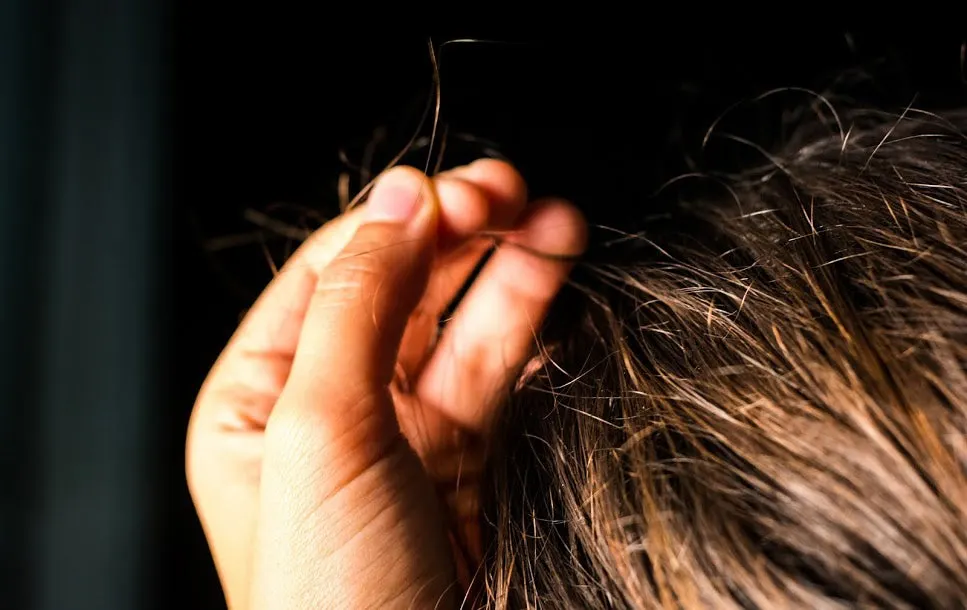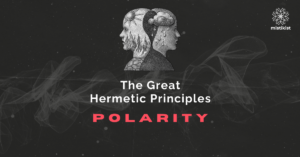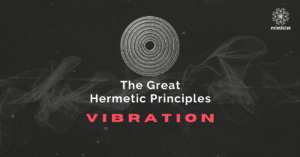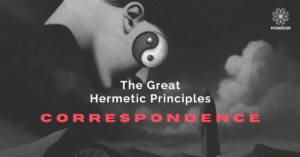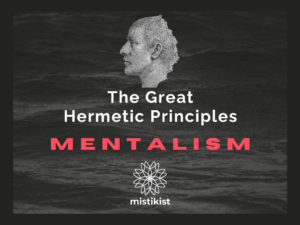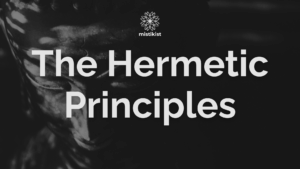Trichotillomania
In the realm of mental health, there are various conditions that often go unnoticed or misunderstood. One such condition is trichotillomania, a lesser-known but significant mental health challenge. This blog post aims to shed light on trichotillomania, helping you understand its nature, symptoms, and the importance of seeking support.
What is Trichotillomania?
Trichotillomania, also known as hair-pulling disorder, is a mental health condition characterized by the irresistible urge to pull out one’s hair. People with trichotillomania often experience mounting tension or anxiety before pulling their hair, followed by relief or gratification. It can manifest in various forms, including hair pulling from the scalp, eyebrows, eyelashes, or other body areas.
The Impact of Trichotillomania:
Trichotillomania can have significant emotional and physical consequences. Not only does it lead to noticeable hair loss, but it can also cause distress, shame, and social isolation. People with trichotillomania may feel embarrassed or struggle with low self-esteem due to their inability to control the urge to pull their hair.
Understanding the Causes:
The exact causes of trichotillomania are not fully understood, but it is believed to involve a combination of genetic, environmental, and psychological factors. Some studies suggest a link between trichotillomania and neurotransmitter imbalances in the brain. Emotional stress and anxiety may also contribute to the development or exacerbation of symptoms.
Seeking Professional Help:
If you or someone you know is struggling with trichotillomania, it is crucial to seek professional help. A mental health provider can provide an accurate diagnosis, assess the severity of the condition, and develop an appropriate treatment plan. Treatment options may include therapy, such as cognitive-behavioral therapy (CBT), and medication in some cases.
Building Support and Understanding:
Trichotillomania can be an isolating condition, but building a support system is vital. Connecting with others who have experienced similar challenges through support groups or online communities can provide a sense of understanding and belonging. Educating friends, family, and colleagues about trichotillomania can also help foster empathy and reduce stigma surrounding the condition.
Conclusion:
Trichotillomania may be a lesser-known mental health problem, but it affects the lives of many individuals. By raising awareness and understanding this condition, we can provide much-needed support to those struggling with trichotillomania. Remember, seeking professional help and building a supportive network are crucial steps towards managing trichotillomania and reclaiming one’s well-being.
Disclaimer: This blog post is for informational purposes only and should not replace professional medical advice. If you suspect you have trichotillomania or any other mental health condition, please consult a qualified healthcare professional.
To learn more and access the mental health resources offered by Mistikist, please download our app via this link or follow us on social media. A healthy mind is the foundation of a healthy life.

